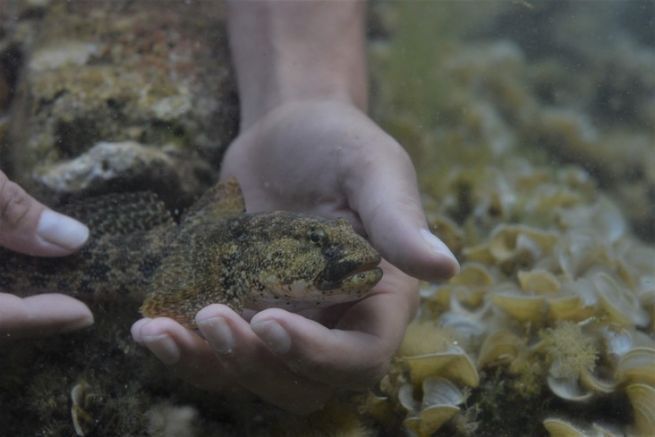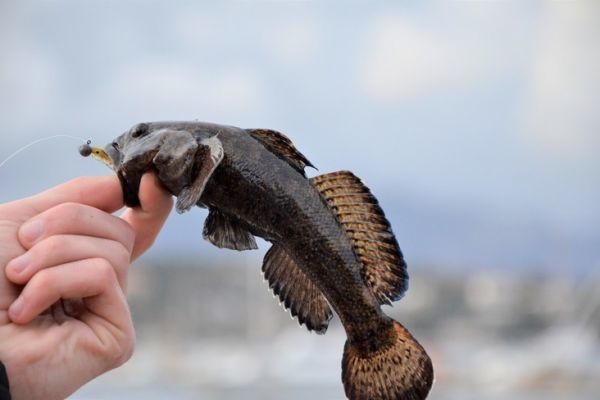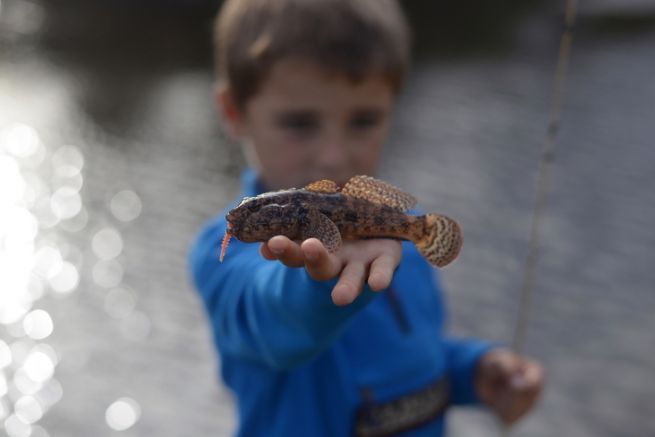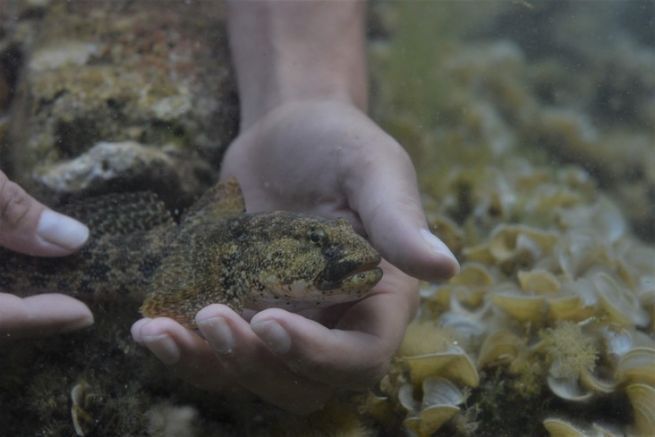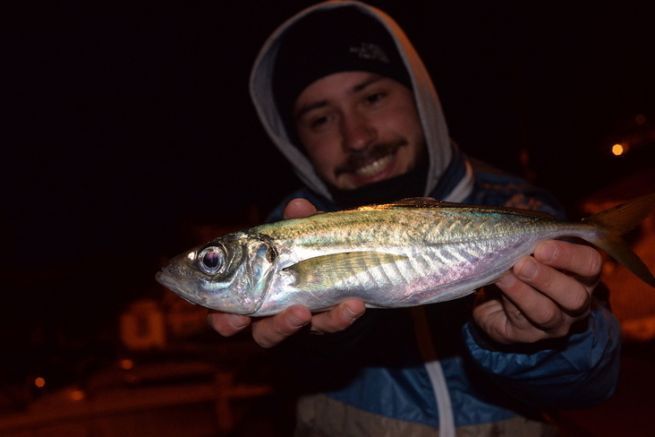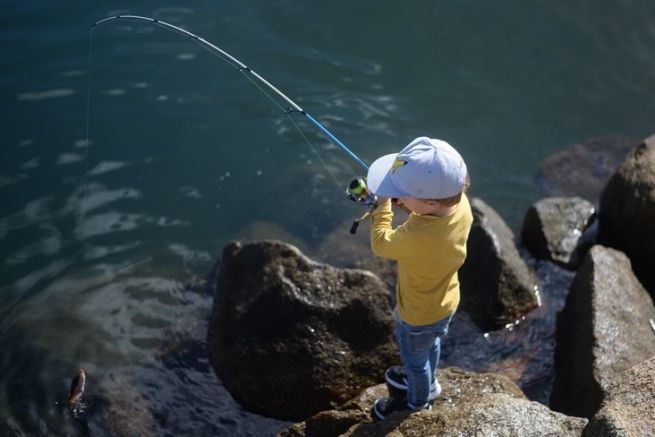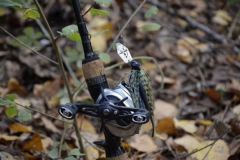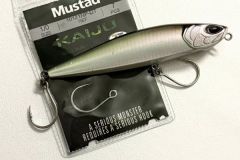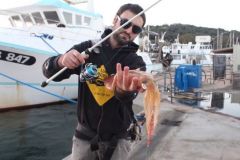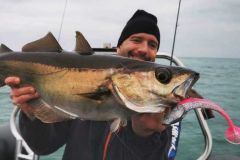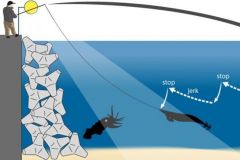Rock fish
Many rock fish live on our coasts. By "rock fish" we don't just mean fish living in rocks! This expression, which basically refers to Mediterranean fish, is used for all the small fish that inhabit our coasts! From scorpion fish to sar and grouper. The term "soup" is also used to describe the small fish that end up in fish soup...
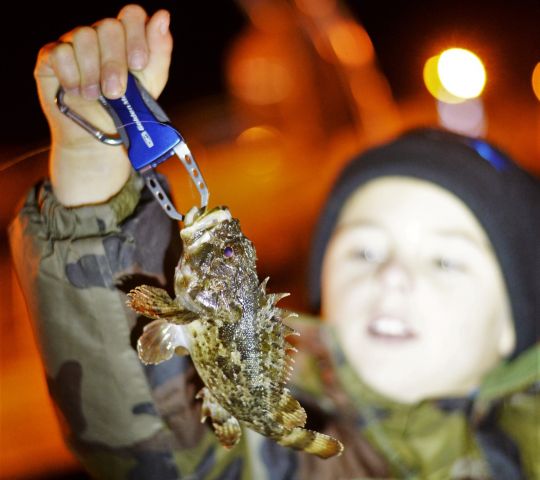
In France, the most emblematic are the scorpion fish and the goby, notably the "Giant goby", one of the world's largest gobies. This may not seem like a big deal, but it's sure to spice up our rockfishing. For both species, a 25cm fish is almost a specimen.
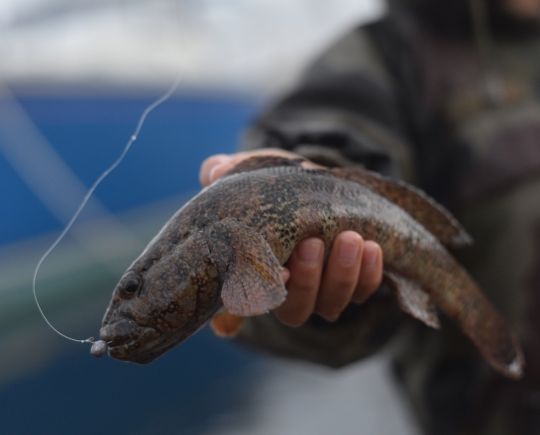
In the Mediterranean, you'll also find serrans: the goat serran and the writing serran. They boast superb colors and are very easy to catch.
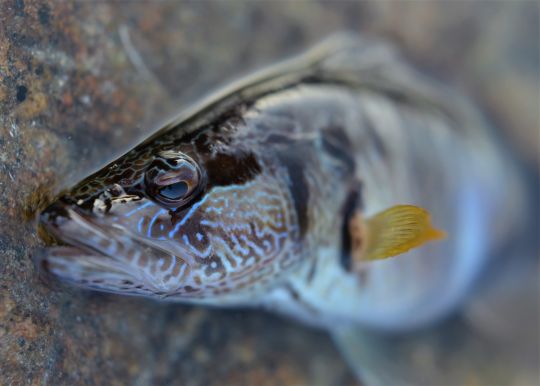
Nocturnal fish
During the day, we target these benthic fish in their rocky haunts. These nocturnal fish often seek shelter from the light. They are concentrated in shady areas, holes and marked crevices. A simple, well-presented soft lure will catch many fish. A not too fine fluorocarbon leader (22/100 minimum) is recommended. There's no need to go overboard, as the line is highly abrasive. Indeed, when you lower the lure into a hole, the line rubs a lot in the rocks covered with barnacles (small shells stuck to the rocks) and are very abrasive. Too fine a line and you're guaranteed to break! All the more so as, in addition to the scorpion fish and gobies that populate these holes, it's also possible to come across a moray eel, conger eel, grouper, octopus, capon or even a huge scorpion fish! To extract these combative fish with authority, you need the right line!
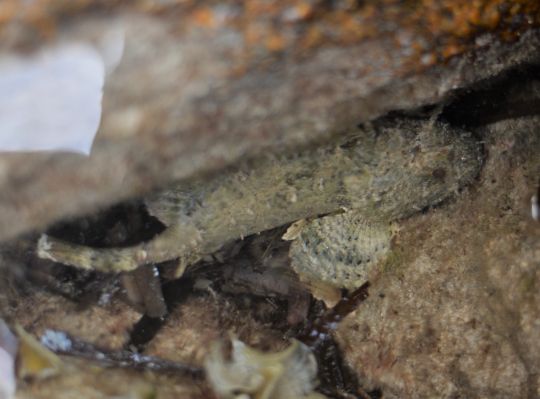
Daytime sight fishing
While scorpion fish like to hide deep in riprap and vertical holes, gobies like to lie under a stone on fine substrate (sand, mud, gravel...) in horizontal holes. In this case, you'll need to pass in front of the cache with a small soft lure. For this practice, the lure should always be on the bottom.
During the day, it's all about sight fishing, looking for all the holes and hiding places where these rock fish can take refuge during the day. A good pair of polarized glasses is a real plus in this quest.
Fishing for rock fish at night
At night, while still targeting the same species - even if, as you'll have gathered, surprises are commonplace - we change our approach. We won't necessarily fish the holes anymore, but prospect by fishing the bottom and scraping around the structures. Rock fish are on the prowl - never too far away from their landmark - and we'll be scraping the bottom to find the fish. Texan micro-mounts are ideal for fishing slowly and insistently on the very cluttered bottom of harbours. Unfortunately, you'll also find garbage, ropes, mooring rods, chains (etc.) which are nightmares when it comes to moving a lure slowly and methodically.
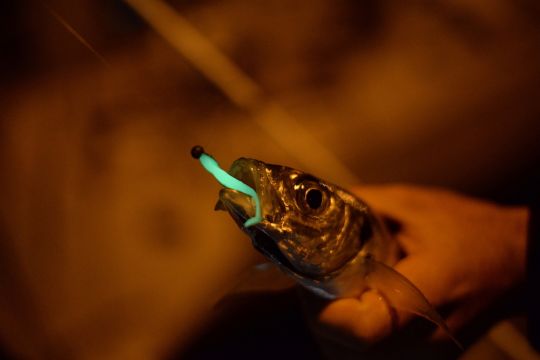
Fish betrayed by their eyes
You can also spot rock fish by sight! Not by directly spotting their silhouettes, which stand out very little against the background color, but by spotting their eyes! That's right! Like an animal in the headlights of your car at night, the large eyes of nocturnal rockfish have a tapedum lucidum (Latin for "shiny carpet") which acts like a mirror, enhancing vision in low light conditions. So, when you shine a headlamp on the bottom, you'll often see glistening dots. If you look closely, you'll often be able to make out a scorpion fish or a goby! All you have to do is pass your lure cleanly over the bottom close to the shiny spots you've spotted. You'll then see the "shadow" pounce on the lure, which disappears in a flash. Flashy or glow (phosphorescent) colors make it easier to distinguish whether or not your lure has been sucked up by a predator.

 /
/ 